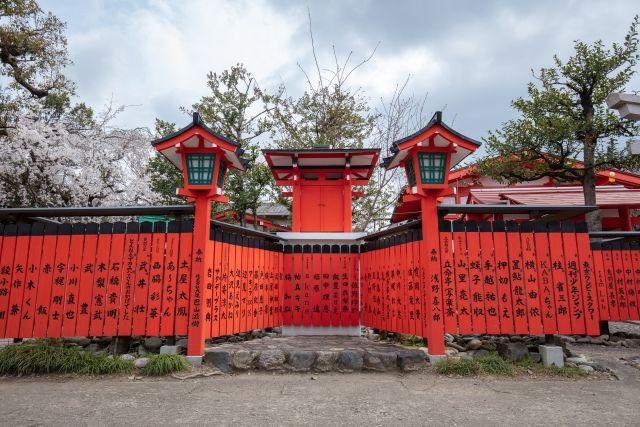A 38-year-old man from Shiga Prefecture found himself in police custody this July after his digital rage over artificial intelligence crossed dangerous lines. His target was An 800-year-old Shinto shrine that dared to embrace modern technology.
The controversy began innocuously enough in March when Kurumazaki Shrine, a historic site in Kyoto founded in 1189, updated its social media profile with what seemed like a simple gesture toward younger audiences. The shrine replaced its traditional profile picture with an AI-generated illustration of an anime shrine maiden, hoping to make its ancient institution feel more accessible to modern visitors.

The digital artwork quickly went viral, but not in the way shrine officials had hoped. Criticism poured in from users deeply concerned about the intersection of generative AI technology with Japan’s sacred cultural and religious spaces. The backlash was swift and severe enough that shrine officials deleted the post the same day and eventually shut down their entire social media account.
What should have ended there spiraled into something far more sinister. Between March and July, the suspect sent dozens of threatening emails to the shrine, including chilling messages such as: “Your damn shrine will burn to the ground in an unexplained fire one of these days.”
When police arrested him on July 3, the man reportedly admitted to making the threats. Investigators discovered he had no personal connection to the historic site whatsoever. His motivation was purely driven by anger over the shrine’s brief endorsement of AI-generated artwork.
The incident has surprised Japan’s cultural preservation community, particularly given the country’s recent history with attacks on cultural institutions. The 2019 Kyoto Animation arson attack, which claimed dozens of lives, remains fresh in many minds, making any fire-related threats against cultural sites especially alarming.

Kurumazaki Shrine holds special significance in Japanese culture, known for its deep connections to the performing arts and regularly visited by entertainers and their fans. Shrine officials had initially defended their decision to use the AI artwork, explaining it was meant to bridge the gap between their ancient traditions and contemporary culture, particularly for younger visitors who might otherwise feel disconnected from such historic institutions.
The shrine eventually issued a formal apology for using the AI-generated image.
While no physical damage occurred to the shrine, the incident has raised serious concerns about digital harassment targeting historic sites. It seems like online controversies can escalate into real-world threats against irreplaceable cultural treasures that have stood for centuries.


